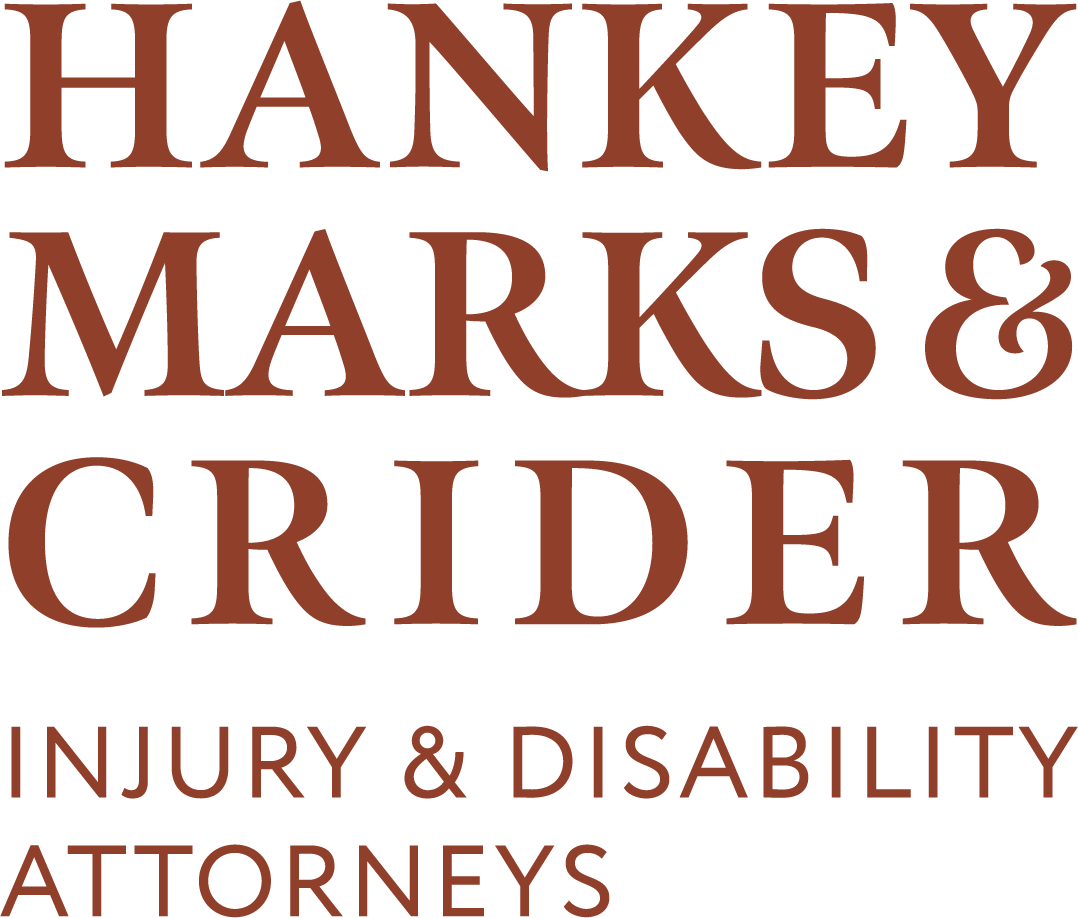I’m Charles Hankey, attorney and I have been representing injured and disabled people in Indiana for over 35 years. Recently we noticed a spike up in bicycle trauma incidents. And I want to share with you some of our insights that hopefully will be of help to you avoiding these kind of incidents and give you some suggestions of what to do if you are unfortunately involved in them. In the last 15 years or so, there has been an increase of 120% in emergency room visits for bicycle injury trauma situations. Approximately 52% of the injuries that occur to bicyclists in these incidents occur with fractures of the wrists, the arms or the shoulders. What is very troubling is that approximately 16% of these traumatic incidents involve brain trauma, concussive, permanent brain injuries. So these incidents are very, very serious and what is so disturbing is that they can be prevented if the motorist simply adhered to the rules of the road. Those rules are to keep your vehicle under reasonable control and don’t make movements with your car or truck unless you can do so safely.
Now, how these come out in bicycle trauma injuries, there are four patterns of incidents which I noticed, one injury—one pattern is the left hook injury, you have the right hook injury, you have the passing mishap and you have the door jam injury. The left hook injury is really hard to fathom, in that injury the driver goes up to the intersection—passing the bicyclist on the left and for some reason, just simply, cuts across the path of the bicyclist to make the left hand turn. The same pattern occurs on the right, where the bicyclists would be in the bicycle lane and the motorist just cuts straight across.
Now, what is different about bicycle injuries is that there are really two traumas, and bicyclists need to make sure they are compensated for both traumas. They are smacked by the vehicle, they get thrown from the bicycle and then the second trauma is them coming to rest against the pavement or an unmovable object. The natural tendency is to put out the arm to brace the fall, that’s why there is so many shoulder and wrist injuries.
The other couple of patterns are the improper passing and again, the zone of safety around a bicyclist is supposed to be impenetrable. But somehow the bicyclist gets crowded by the self-centered distracted driver, resulting in a trauma and injury. Finally, a pattern which emerges is the door jam injury. The bicyclist going down the bicycle path and the inattentive parked car jolting out the car door causing a lack of balance and jolt by the bicyclist.
So these are a couple, these are several patterns, and of course it’s important if this occurs to survey the area of the occurrence, get statements, try to understand the trauma and how it occurred. And also it is important not to accept some of these lack of taken responsibilities for the trauma. Some of the things you hear is, “it wouldn’t have been so bad if the bicyclist had some knee pads or arm pads or shoulder pads.” And of course that is not statutorily required. There’s not even a requirement to have a helmet.
So, these are all unfortunate smokescreens to avoid responsibility and hopefully theses occurrences will never happen to you, if they do were here to help you sort through and make sure that the responsibility for these unfortunate injuries fall where they should be.


